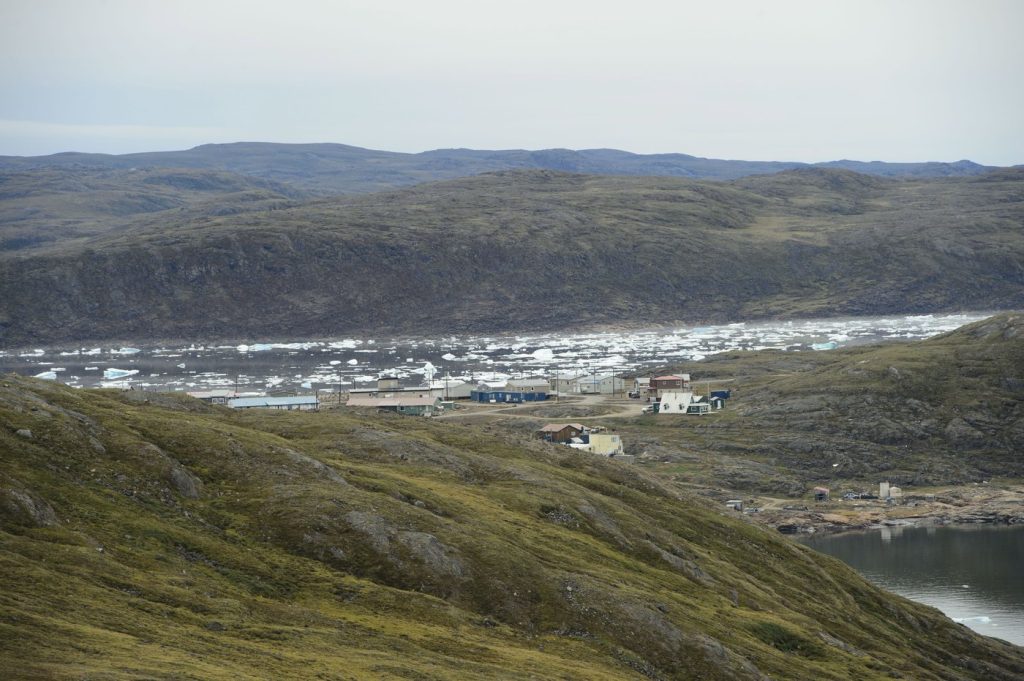A new study has revealed a significant shift in the carbon dynamics of the Arctic tundra, indicating that some regions are now releasing more greenhouse gases than they can absorb. This finding, detailed in the academic journal Nature Climate Change, underscores a noteworthy change in the long-standing relationship between the ecosystem and planet-warming gases.
The primary factor driving this transition appears to be the thawing of permafrost, which is frozen ground covering nearly half of Canada’s land mass and has remained below zero degrees Celsius for hundreds of thousands of years. As permafrost thaws, it destabilizes long-stored plant matter, leading to decomposition that releases carbon dioxide (CO2) and methane into the atmosphere. This process can initiate a positive feedback loop, potentially exacerbating global warming.
According to the study, which analyzed the boreal forest and Arctic regions from 2001 to 2020, these areas have, in fact, increased their carbon storage capabilities during this period. However, about a third of this region has transformed into a net source of carbon dioxide due to permafrost thawing and soil drying out. Furthermore, when emissions from wildfires were taken into account, the overall carbon absorption of the Arctic-boreal zone became statistically insignificant.
Approximately 20 percent of the regions that are now releasing more carbon than they absorb are located in Canada, highlighting the potential implications for the country. Sue Natali, a senior scientist at the Woodwell Climate Research Center and one of the study's authors, emphasized the significance of taking a pan-Arctic approach. By combining satellite data and field observations from a diverse international research team, the study has produced extensive results.
Natali noted that while scientists have long predicted that human-induced climate change would lead to thawing permafrost and subsequent CO2 release, the speed and scale at which these changes are being observed are surprising. "To be able to see it over such a large area—to detect it, to monitor it—is quite surprising, and it represents a shift in how this system is functioning," she stated during an interview.
This altered functioning of the carbon cycle is crucial not only for the communities that inhabit permafrost regions but also for global climate dynamics, as the greenhouse gas emissions released could have far-reaching implications.
Despite the reality of human-caused climate change having already increased global temperatures, the rate of warming in the Arctic is notably accelerated. This phenomenon is partly due to a feedback loop involving melting sea ice. As sea ice diminishes, the darker ocean water that is exposed absorbs more solar heat, leading to further ice melt and additional warming of the planet.
A previous report from 2021 warned that if current emissions trajectories continue, thawing permafrost could soon release emissions comparable to those from major greenhouse-gas-emitting nations such as the United States and China by the century's end.
Natali pointed out that these emissions are frequently overlooked in climate accounting, suggesting that countries may be underestimating the urgency to reduce direct emissions from fossil fuel combustion. "If you’re not doing the math properly…and you’re ignoring permafrost emissions essentially the size of another nation, then you’re not going to be able to stay well below two degrees Celsius or 1.5 degrees Celsius," she warned.
This news underscores the immediate need for heightened awareness and action regarding the effects of permafrost thawing in order to address climate change effectively and meet international warming targets.










